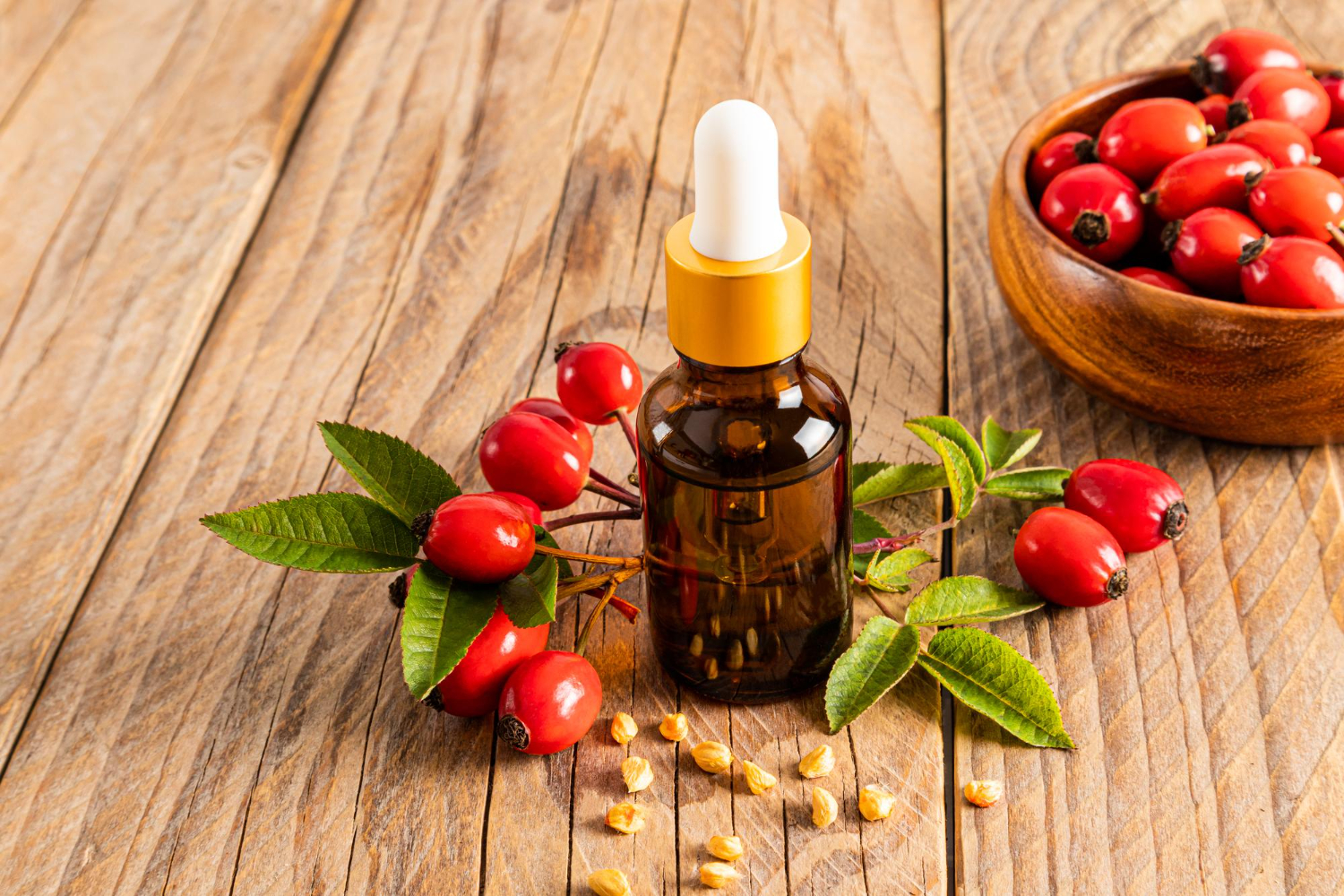Alpha arbutin is gaining attention in the skincare world for its impressive abilities to brighten the skin and reduce dark spots. It is a naturally occurring compound derived from plants like bearberry, cranberry, and Japanese pear. This ingredient works by inhibiting the enzyme tyrosinase, which plays a crucial role in melanin production, making it effective for treating hyperpigmentation.
Many people are looking for safe and effective ways to improve their skin tone. Alpha arbutin stands out as a gentler alternative to other skin brighteners, such as hydroquinone. This makes it an attractive option for those who want to achieve a more even complexion without the potential side effects associated with harsher treatments.
In the following sections, various aspects of alpha arbutin will be explored, including its benefits, how it works, and tips for incorporating it into a skincare routine. With the right information, anyone can enhance their skincare regimen and enjoy the brightening effects of this powerful ingredient.
Chemical Properties and Stability
Alpha arbutin is known for its skin-lightening properties. Understanding its molecular structure and stability factors is crucial for effective use in cosmetic and pharmaceutical applications.
Molecular Structure of Alpha Arbutin
Alpha arbutin is a glycosylated hydroquinone. Its molecular formula is C12H16O7. The structure features a glucose molecule attached to hydroquinone, which enhances its stability compared to beta arbutin.
This alteration in structure helps improve its skin penetration ability and overall effectiveness. The specific arrangement of atoms allows alpha arbutin to inhibit the enzyme tyrosinase, which plays a key role in melanin production.
Being a stable compound, its unique configuration makes it a popular choice in various formulations.
Stability Factors and Shelf Life
Several factors influence the stability and shelf life of alpha arbutin. Temperature is a primary consideration; higher temperatures can lead to degradation.
Light exposure can also impact its stability. Alpha arbutin should be stored in dark containers to minimize degradation from light.
Additionally, pH levels in formulations affect its stability. Formulations with a pH between 4.0 and 7.0 are optimal.
Under proper storage conditions, alpha arbutin can maintain its efficacy for up to two years, making it a valuable ingredient in skincare.
Skin Benefits and Mechanism of Action
Alpha arbutin is recognized for its skin benefits, particularly in reducing pigmentation and promoting a more even skin tone. It functions through specific mechanisms that enhance its effectiveness as a skincare ingredient.
Tyrosinase Inhibition and Pigment Reduction
Alpha arbutin primarily operates by inhibiting the enzyme tyrosinase. This enzyme is essential for melanin production in the skin. By blocking its activity, alpha arbutin can effectively reduce the synthesis of melanin, which leads to lighter skin and fewer dark spots.
Clinical studies show that alpha arbutin can significantly fade pigmentation caused by sun exposure, age, or acne. It is effective for treating various forms of hyperpigmentation, including melasma and post-inflammatory marks. Users often see improvements within a few weeks of regular application, resulting in a more uniform complexion.
Safety Profile and Efficacy
Alpha arbutin serum has a favorable safety profile. It is well tolerated by individuals with sensitive skin. Unlike some other skin-lightening agents, it does not cause significant irritation or increased sensitivity to sunlight.
Research indicates that alpha arbutin is not only effective but also safe for long-term use. It can be incorporated into multiple skincare routines without adverse effects. Many skincare products, such as serums and moisturizers, utilize alpha arbutin to boost their skin-lightening effects while maintaining skin health.
Cosmetic Formulations and Use
Alpha-arbutin is a popular ingredient in cosmetics, known for its skin-lightening properties. Its effective integration into skincare products and proper concentration levels are key to maximizing its benefits.
Integration in Skincare Products
Alpha-arbutin is commonly found in various skincare formulations, including creams, serums, and lotions. It works best in products aimed at reducing dark spots, hyperpigmentation, and uneven skin tone.
Manufacturers often combine alpha-arbutin with other active ingredients like kojic acid or vitamin C to enhance its effectiveness. This synergy allows for a more comprehensive approach to skin health.
Additionally, it is often used in formulations designed for daily use, as it is gentle on the skin. Products containing alpha-arbutin may be suitable for all skin types, making it versatile in the cosmetic market.
Recommended Concentrations and pH Considerations
The recommended concentration of alpha-arbutin in face creams is usually up to 2%, while in body lotions, it is effective at 0.5%. This ensures safety and effectiveness in most consumers.
Formulations should maintain a pH level between 4.5 and 7.0 to optimize the stability of alpha-arbutin. Lower pH levels can enhance its activity but might irritate sensitive skin.
It’s essential to monitor potential contamination with hydroquinone, ensuring it stays below 1 ppm in products featuring beta-arbutin. This safety measure helps maintain consumer trust in the formulation’s integrity.
Regulatory Aspects and Ethical Sourcing
Understanding the regulations and ethical sourcing practices surrounding alpha arbutin is crucial for manufacturers and consumers. Compliance with legal standards ensures safety, while ethical sourcing focuses on sustainability and social responsibility.
Global Regulations Compliance
Alpha arbutin is regulated in many regions, including the European Union and North America. In the EU, the Scientific Committee on Consumer Safety (SCCS) evaluates its safety for cosmetic use. They advise that alpha arbutin can be safely used up to a concentration of 2% in face creams and 0.5% in body lotions.
In the United States, the Food and Drug Administration (FDA) does not specifically list alpha arbutin as a prohibited substance, but manufacturers must ensure that products are safe and properly labeled. Regular updates and monitoring are essential to follow changing regulations worldwide.
Sustainable Sourcing Practices
Ethical sourcing of alpha arbutin involves selecting suppliers who practice sustainable agriculture. This includes ensuring that ingredients are obtained without harming the environment or communities.
Key sustainable practices include:
- Organic Farming: Reducing chemical usage and promoting biodiversity.
- Fair Trade: Supporting fair wages and working conditions for farmers.
- Transparency: Suppliers should provide clear sourcing information.
Many manufacturers now seek certifications that reflect their commitment to sustainability, ensuring that alpha arbutin is not only effective but also responsibly obtained. Focusing on these practices helps meet consumer expectations while protecting the planet.



